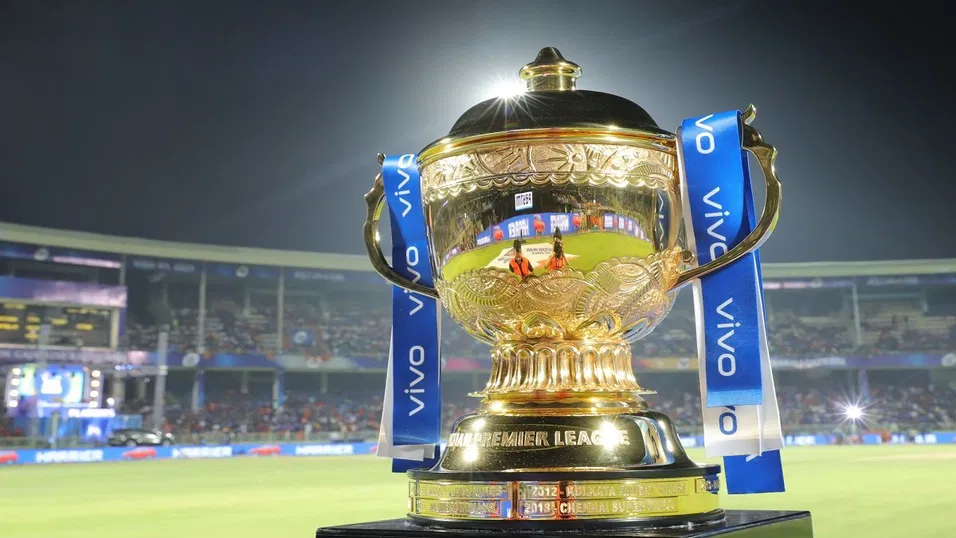Indian Premier League 18: Notable Changes That Paid Off

IPL 18 wasn’t just another regular season, as it came with a stack of tweaks. Some are experimental, some are just overdue, and they have pretty much changed how games are played out.
From reversing the saliva ban to adding the Impact Player rule, the season felt less like tradition and more like a testing ground. The question was whether these adjustments would stick or flop. By the end, a few of them paid off.
What Changed
BCCI rolled out a handful of headline rules before the season even started. The saliva ban, which had been in place since the pandemic, was lifted, giving bowlers the ability to shine the ball again. Teams also had to deal with the Impact Player rule, a tactical substitution that allowed them to swap in a specialist batter or bowler mid-game.
Off the field, leadership shifts were just as notable. Delhi Capitals installed an entirely new coaching unit with Hemang Badani, Kevin Pietersen, and Matthew Mott. Royal Challengers Bengaluru handed the captaincy to Rajat Patidar, while Chennai Super Kings leaned into MS Dhoni’s veteran presence in a different contractual category.
The BCCI also tightened its stance on player withdrawals. Any overseas star pulling out without injury risked a three-season ban. England’s Moeen Ali said in an AP interview that he agreed with the move, pointing out how disruptive last-minute withdrawals can be: “It kind of messes a lot of things up.”
The Rules That Worked
The saliva ban reversal made a difference right away. Quicks found reverse swing again, particularly in the last five overs. Matches that might have been one-sided turned into tighter contests. On the Edges & Sledges Podcast, analysts noted that death bowling felt more balanced this season. Batters still dominated, but bowlers had a weapon back in their arsenal.
The Impact Player rule looked gimmicky at first, but gave captains flexibility. Teams that used it well, like Kolkata Knight Riders, were able to bring in fresh bowlers at crunch moments or swap out top-order anchors for finishers. Fans got used to seeing lineups shift mid-match, and most agreed it added a layer of unpredictability.
Leadership changes also paid off. RCB’s decision to give Patidar the captaincy was bold, but it worked. After 18 years without a title, the franchise finally lifted the trophy. His calm leadership and the staff overhaul played a huge role. Delhi’s changes didn’t deliver immediate success, but insiders credited the new staff with building a more professional environment.
Even the withdrawal penalty had an impact. Teams drafted more reliable overseas players, and the season saw fewer disruptive exits than in past years. That stability was good for fans and franchises alike.
For fans following the business side, these changes sparked more interest in future seasons, too. Many are already scanning odds and asking where to bet legally on the next IPL 19, knowing that rules like the Impact Player can swing match outcomes dramatically.
The Moves That Raised Eyebrows
Now, not every change was celebrated. The most controversial was reclassifying MS Dhoni as “uncapped” for contract purposes, which gave Chennai more budget flexibility. Sunil Gavaskar criticized the move, warning it could be “detrimental” if franchises start exploiting the rule for marquee players. Calls for a cap on uncapped player salaries are now in play.
Scheduling was another sore spot. Long gaps between matches left teams losing rhythm. Coaches grumbled privately, and players mentioned it in post-match interviews. Momentum matters in T20 cricket, and this season showed how fragile it can be.
While the money headlines always look huge, most players don’t see life-changing riches. A Reuters piece pointed out the inequality: top stars land massive contracts, while younger players struggle to stay in squads year after year. The league’s structure still leaves plenty of room for debate on sustainability.
What It Means Going Forward
IPL 18 will be remembered as the year RCB finally broke their drought, but it’ll also be remembered for proving that the league can adapt. The saliva change brought back drama in the death overs. The Impact Player rule gave strategy nerds something new to chew on. The ban on casual withdrawals kept rosters more stable.
But the season also reminded everyone that rules aren’t always about fairness, as sometimes they tilt toward star power. Dhoni’s contract reclassification will continue to be debated well into the offseason.
On the financial side, the league is showing no signs of slowing down. The league continues to get sponsorships from major brands. Both international TV rights are expanding, and digital platforms are pulling in record viewership. Even fans who once just watched highlights are now streaming full matches, following tactical podcasts, and tracking betting odds.
What sticks out most is how the league has positioned itself for the future. By testing bold rules and cracking down on instability, IPL 18 showed that BCCI isn’t afraid to tinker. The format’s flexibility is exactly what’s kept it ahead of other domestic leagues.
Final Take
IPL 18 wasn’t about cosmetic tweaks. It was about trying changes that altered outcomes. Bowlers had tools again, captains had new tactical calls to make, and franchises had to think harder about stability.
Some decisions worked instantly, like the return of reverse swing. Then others are still divisive, like the uncapped rule for Dhoni. But overall, the league proved that experimentation can pay off.

Comments are closed.